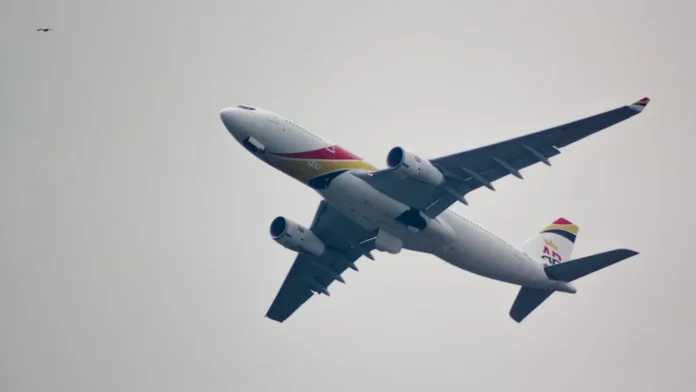What is Maximum Endurance in Aviation? Maximum Endurance (abbreviated as MAX END) is a vital concept in the field of aeronautics that refers to the longest possible time an aircraft can remain airborne using a given amount of fuel. This parameter is crucial for pilots, engineers, and mission planners who aim to maximize the duration an aircraft can stay aloft, particularly in surveillance, patrolling, or search and rescue operations.
Contents
Understanding Maximum Endurance in Aviation
Maximum Endurance in Aviation, or MAX END, is primarily concerned with the optimization of fuel consumption to maximize flight duration rather than distance. It is distinct from the concept of maximum range, which emphasizes covering the greatest possible distance. MAX END plays a significant role in various aviation scenarios where staying airborne for the longest period outweighs traveling far.
Technically, MAX END occurs at a specific power setting and airspeed, usually at the minimum power required to maintain level flight. For piston-engine aircraft, this typically means flying at an airspeed close to the minimum power speed (Vmp). For jet aircraft, the speed for maximum endurance is generally slower than the speed for maximum range. Pilots and flight computers use this speed to adjust throttle and pitch to maintain maximum endurance.
Factors Affecting Maximum Endurance in Aviation
Several factors influence Maximum Endurance, making it a dynamic property rather than a fixed value. Key elements include aircraft weight, altitude, engine type, and aerodynamic efficiency. For example, at higher altitudes, thinner air reduces drag but also decreases engine performance, impacting endurance calculations.
Aircraft weight directly affects fuel consumption and, consequently, MAX END. Heavier aircraft require more lift, increasing drag and power settings. For lighter aircraft, the power setting for MAX END might be lower, allowing for longer flight duration. Environmental factors such as wind, temperature, and humidity also play roles.
Application of Maximum Endurance in Flight Planning
Maximum Endurance significantly impacts flight planning. Operators use MAX END data to determine how long an aircraft can stay aloft under optimal conditions with the available fuel load. This is particularly important in missions requiring loiter times, like surveillance flights or firefighting aircraft. Ensuring efficient use of MAX END can increase operational effectiveness without additional fuel costs.
Flight management systems often incorporate MAX END calculations, helping pilots maintain speeds and power settings that optimize endurance. This aids in achieving mission objectives and safe fuel reserves. For more detailed technical specifications and practical applications within various aircraft types, sources such as the FAA’s official documentation provide extensive guidelines and tables on MAX END and related performance metrics (FAA Pilot Handbook).
Technical Calculation of Maximum Endurance
Calculating Maximum Endurance requires understanding the relationship between power required and fuel consumption rate. For propeller-driven aircraft, MAX END is achieved at minimum power required for level flight, which positions the aircraft at the bottom of its power-required curve. In mathematical terms, Maximum Endurance (E) can be expressed as:
E = (Available Fuel) / (Fuel Flow at Minimum Power)
Fuel flow varies with throttle setting, altitude, and airspeed. For a typical light piston aircraft, at sea level, the fuel consumption at maximum endurance speed might be around 4-5 gallons per hour (gph), allowing endurance of approximately 4-5 hours with a 20-gallon usable fuel load.
In jet-powered aircraft, the minimum thrust required correlates with maximum endurance. These aircraft usually fly slower to maintain MAX END, as thrust-specific fuel consumption (TSFC) influences efficiency. Pilots can refer to aircraft performance charts to identify the optimum Mach number and altitude for maximum endurance.




